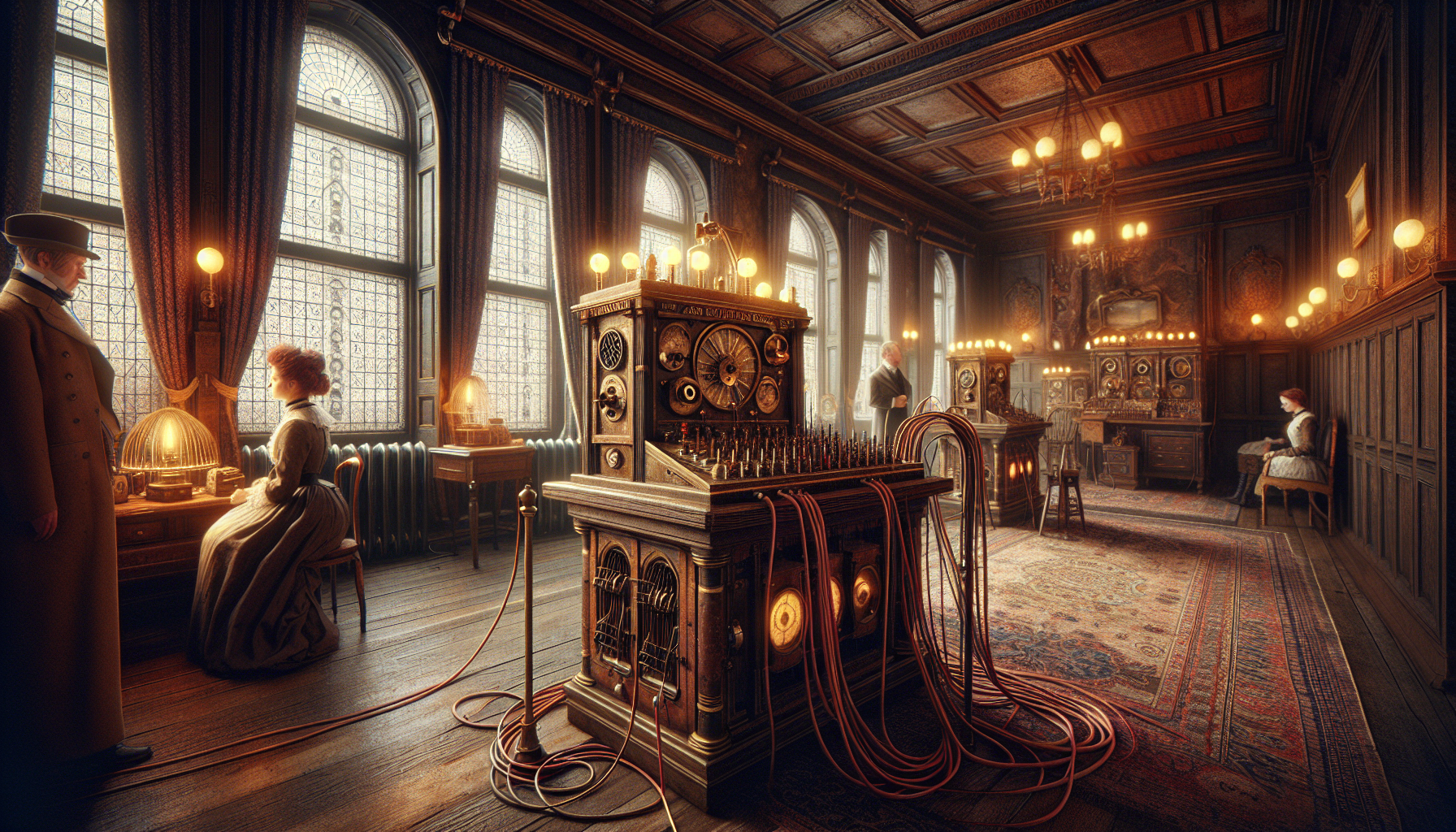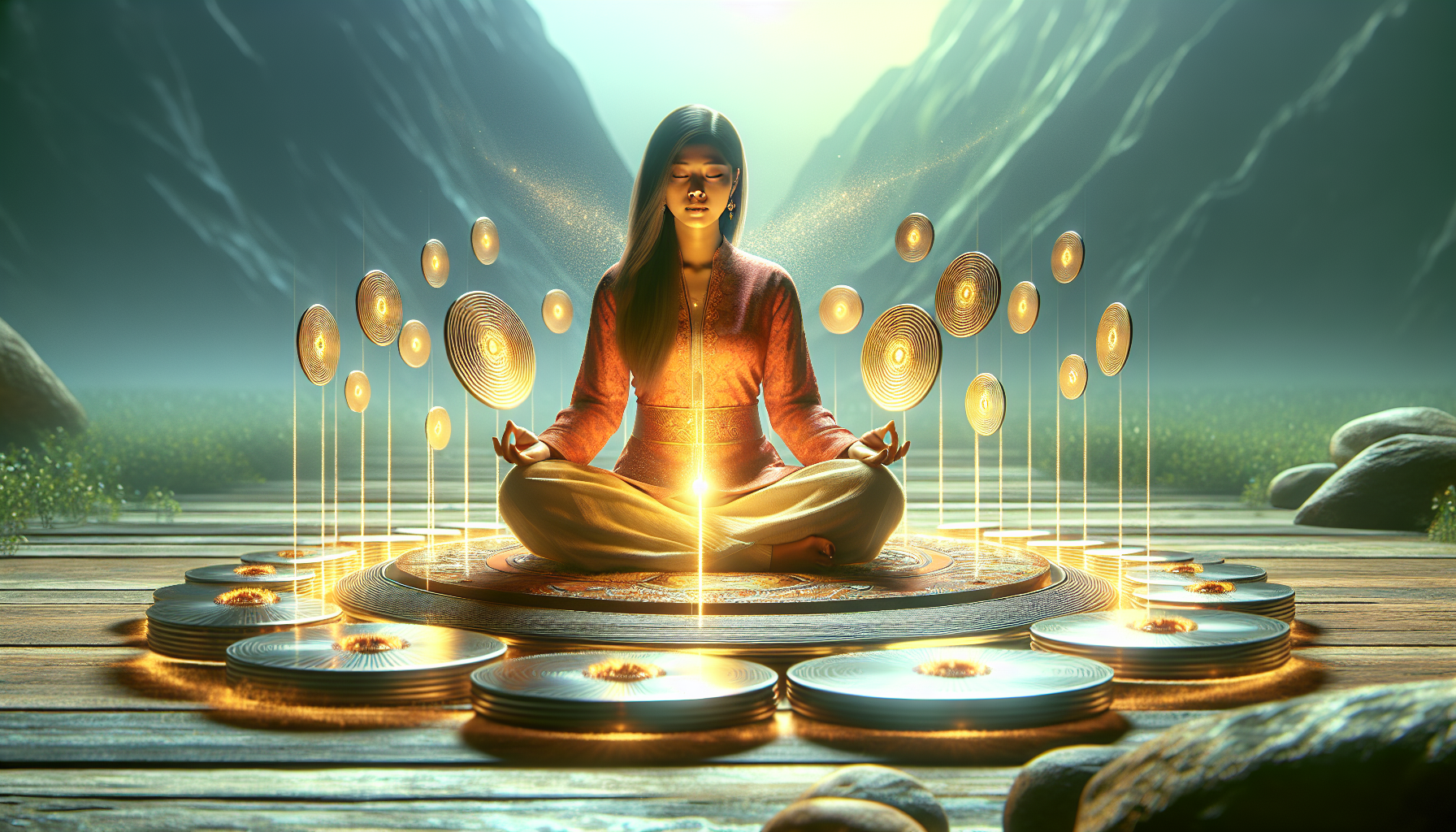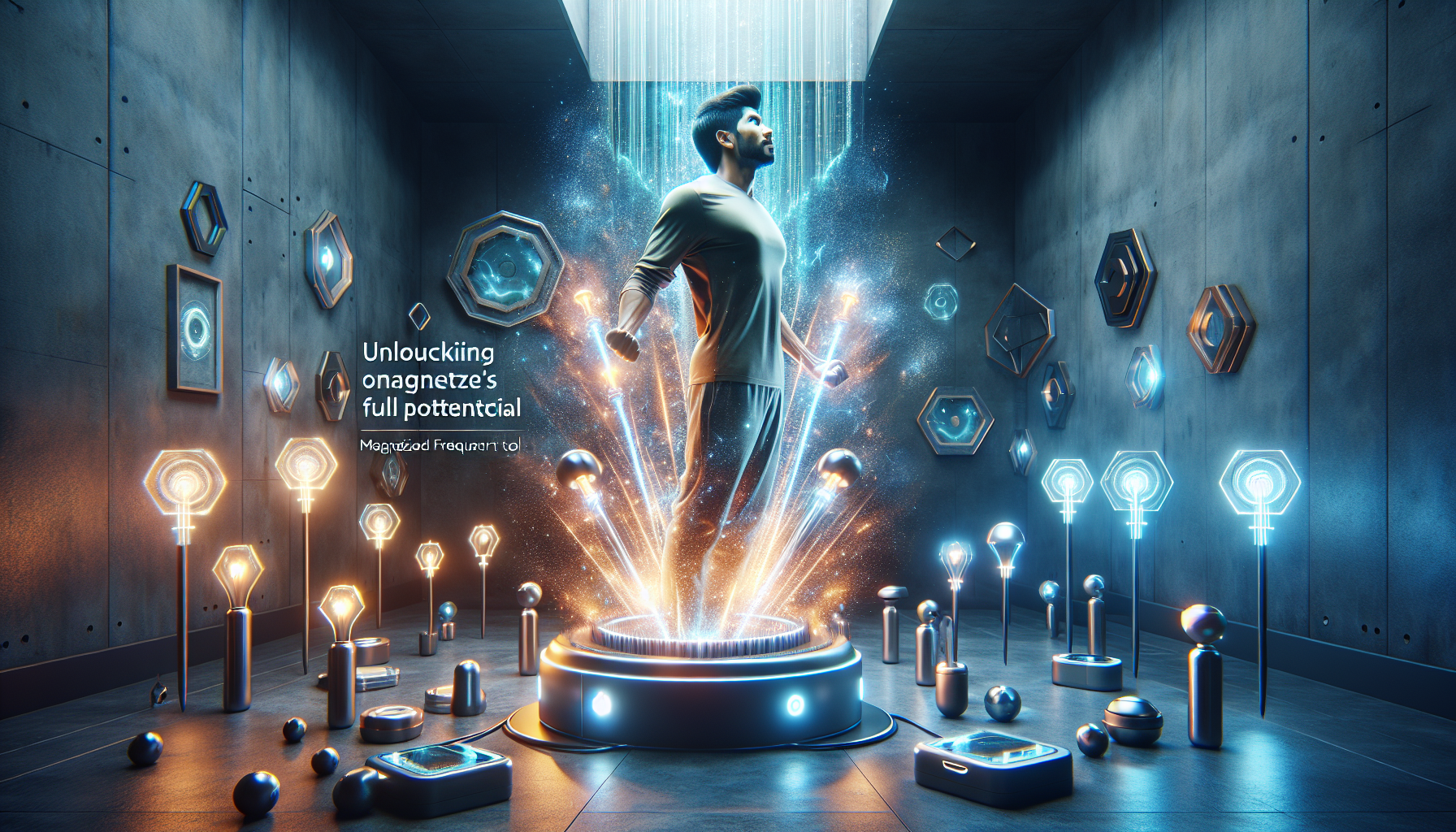Have you ever felt the electrifying pull of curiosity that propels you into the unknown, a yearning to explore the hidden corners of history and uncover its intriguing secrets? If so, prepare to be captivated by the fascinating world of Victorian shock machines—a peculiar, yet thrilling chapter in our past that promises to awaken your inner adventurer. ⚡️ In an era renowned for its scientific curiosity and relentless pursuit of knowledge, the Victorian period introduced a range of bizarre and awe-inspiring inventions, none more so than the enigmatic shock machines that claimed to harness the mysterious power of electricity. As we embark on this electrifying journey, we’ll explore how these devices not only entertained but also symbolized the spirit of innovation and experimentation that defined a generation eager to push the boundaries of the known world.
The Victorian era, spanning from the mid-19th century to the dawn of the 20th, was a time of profound transformation and discovery. The world was in the throes of the Industrial Revolution, and with it came groundbreaking advancements in technology and science. Among these innovations was the advent of electricity—a phenomenon that both fascinated and bewildered the public. Victorian shock machines, with their tantalizing promise of harnessing this invisible force, became a source of both amusement and scientific inquiry. They were often found in fairs, parlors, and scientific exhibitions, where they drew crowds eager to experience the strange tingling sensations they produced. These machines were not merely objects of novelty; they were a testament to humanity’s insatiable curiosity and our desire to understand and control the forces of nature.
In this article, we will delve into the mesmerizing history of Victorian shock machines, examining their origins, the science behind their operation, and their impact on society at the time. We will explore the stories of the inventors and showmen who brought these machines to life, each with their own unique vision and flair for the dramatic. From the famous Pulvermacher chains to the intriguing Magneto-Electric machines, we will uncover the range of devices that captivated the public’s imagination and explore the cultural phenomena they inspired. Additionally, we’ll consider the medical claims associated with these machines and their role in the burgeoning field of electrotherapy, a precursor to modern-day medical practices.
By the end of our journey, you will have not only a deeper appreciation for the Victorian era’s innovative spirit but also a newfound respect for the quirky and daring minds that dared to electrify the status quo. So, whether you’re a history buff, a science enthusiast, or simply someone who enjoys a good story, prepare to be transported back in time to an era where the air crackled with possibility and the boundaries of the impossible were constantly being redrawn. The Victorian shock machines await you—an invitation to explore a world where adventure and discovery were just a spark away. 🔍✨
The Fascination with Victorian Shock Machines
The Victorian era, a time of immense scientific curiosity and experimentation, gave rise to a fascinating invention: the shock machine. These devices were originally conceived as medical tools but quickly captured the public imagination as thrilling novelties. As we embark on this historical journey, we’ll delve into the intricacies of these machines, exploring their origins, purposes, and the cultural phenomenon they became. The Victorian shock machine is a testament to human curiosity and the desire to push the boundaries of the known world, embracing the unknown with equal parts fear and excitement.
Shock machines emerged during a period when electricity was a novel and largely misunderstood phenomenon. The 19th century saw rapid advancements in electrical science, thanks to pioneers like Michael Faraday and Alessandro Volta. Victorians were fascinated by the mysterious power of electricity, which seemed to possess almost magical properties. This fascination quickly translated into the creation of devices designed to harness and demonstrate the power of electricity, one of which was the shock machine.
The primary function of a Victorian shock machine was to deliver controlled electric shocks to the human body. These devices were often marketed as therapeutic tools, promising to cure a variety of ailments, from nervous disorders to impotence. While modern science discredits many of these claims, the allure of the shock machine lay in its ability to make the invisible visible, to feel the intangible. The machines typically consisted of a hand-cranked generator that produced an electric current, which was then applied to the body via electrodes. This experience, both thrilling and frightening, captivated the public, turning shock machines into popular attractions at fairs and exhibitions.
The Science Behind the Shock
To truly appreciate the Victorian shock machine, it’s essential to understand the science that underpins its operation. At its core, the shock machine relies on the principles of electromagnetism, a branch of physics that studies the interaction between electric currents and magnetic fields. The device operates by converting mechanical energy into electrical energy, using a generator that typically consists of a magnet and a coil of wire. When the handle of the generator is turned, the movement of the magnet induces an electric current in the wire, following Faraday’s law of electromagnetic induction.
This generated current is then directed towards the electrodes attached to the body, creating a closed electrical circuit. The human body, a good conductor of electricity due to its water content, allows the current to flow, resulting in a tingling sensation. The strength of the shock can be adjusted by controlling the speed of the generator or altering the distance between the electrodes. Despite their rudimentary design, Victorian shock machines were remarkably effective at demonstrating the principles of electricity, making them valuable educational tools in addition to their entertainment value.
The physiological effects of electrical stimulation were not fully understood in the 19th century, but Victorian shock machines provided a means to explore these effects firsthand. Users reported sensations ranging from mild tingling to intense muscle contractions, depending on the intensity of the shock. This hands-on experience with electricity contributed to a greater public understanding of this mysterious force, even if it was shrouded in myths and misconceptions. For those who dared to try the machines, the experience was both exhilarating and enlightening, offering a tangible connection to the cutting-edge science of the day.
Table: Comparing Victorian Shock Machines with Modern Devices
To gain further insight into the evolution of electric shock devices, let’s examine a comparison between Victorian shock machines and their modern counterparts. As you’ll see, while the fundamental principles remain the same, advancements in technology have significantly refined and expanded the applications of electrical stimulation.
| Aspect | Victorian Shock Machines | Modern Devices |
|---|---|---|
| Purpose | Medical treatment, entertainment | Medical therapy, rehabilitation, research |
| Mechanism | Hand-cranked generator, simple circuit | Battery-powered, microprocessor-controlled |
| Safety | Minimal safety features, variable shock intensity | Advanced safety protocols, precise control |
| Applications | Demonstrations, experimental treatments | Physiotherapy, pain relief, muscle training |
As you can see from the table, modern electrical stimulation devices have built upon the foundation laid by Victorian shock machines, refining the technology to improve safety and efficacy. While the shock machine’s primary appeal lay in its novelty, today’s devices are valued for their therapeutic benefits. Nevertheless, the historical significance of Victorian shock machines cannot be overstated, as they paved the way for a deeper understanding of electromagnetism and its potential applications.
The Cultural Impact of Shock Machines
The Victorian shock machine was more than just a scientific curiosity; it became a cultural phenomenon that captured the public’s imagination. These devices were often featured at fairs, exhibitions, and parlors, where they drew crowds eager to experience the thrill of electricity firsthand. The spectacle of the shock machine was not limited to scientific demonstrations; it became a form of entertainment, blurring the lines between science and showmanship.
At a time when science was beginning to take center stage in public consciousness, the shock machine represented the cutting edge of technological advancement. It symbolized the promise of modernity, offering a glimpse into a future shaped by human ingenuity. The machines were often marketed as a blend of scientific discovery and adventurous thrill, enticing the curious with the promise of a shocking experience. This combination of education and entertainment was a hallmark of Victorian culture, reflecting the era’s fascination with the wonders of the natural world.
The shock machine also played a role in the broader social and cultural changes of the Victorian era. As a symbol of modernity, it was embraced by those who saw it as a representation of progress and innovation. Conversely, it also provoked skepticism and fear among those wary of the new and unknown. This duality mirrored the tensions of the time, as society grappled with the rapid pace of change brought about by industrialization and scientific advancement.
Video: Victorian Shock Machines in Action
To truly grasp the allure of Victorian shock machines, watching them in action can be illuminating. Here’s a YouTube video that showcases these fascinating devices: Victorian Shock Machines: A Journey into the Past by History Hub. As you watch, consider how these machines captured the imagination of a generation, bridging the gap between the scientific and the spectacular. 🎥
Legacy and Lessons from the Past
The legacy of Victorian shock machines extends beyond their immediate impact on 19th-century society. These devices laid the groundwork for future innovations in electrical engineering and medical technology. The principles demonstrated by shock machines—electromagnetic induction, electrical conductivity, and muscle stimulation—remain fundamental to the design of modern therapeutic devices. As such, the shock machine represents a critical link in the chain of scientific progress, connecting the curiosity of the past with the innovations of the present.
The fascination with electricity during the Victorian era also provides valuable lessons about the nature of scientific inquiry. The shock machine exemplifies the spirit of experimentation and exploration that drives scientific advancement. It reminds us that the pursuit of knowledge often involves stepping into the unknown, embracing the possibility of failure alongside the potential for discovery. This willingness to experiment, to take risks, and to learn from mistakes is a timeless aspect of the scientific endeavor.
Moreover, the shock machine’s journey from medical tool to cultural icon highlights the complex interplay between science and society. It serves as a reminder that technological advancements are not developed in isolation; they are shaped by cultural, social, and economic forces. Understanding this context is crucial for appreciating the impact of scientific innovations, both historically and in the contemporary world.
- Embrace curiosity and the spirit of exploration that drove the development of the shock machine.
- Consider the broader cultural and social context in which scientific advancements occur.
- Reflect on the lessons from the past that can inform future innovations and explorations.

Conclusion
Unleashing your inner adventurer with Victorian shock machines is not just about exploring the quirks of a bygone era; it’s a journey that connects us to the innovative spirit and curious minds of the past. Throughout this article, we’ve delved into the fascinating world of these extraordinary devices, exploring their historical context, their technological intricacies, and their cultural impact.
We began by exploring the origins of Victorian shock machines, tracing their development back to the burgeoning scientific curiosity of the 19th century. During this time, the interplay between science and entertainment was evident as inventors and showmen sought to captivate the public with electric marvels. The machines, which delivered mild electric shocks, were both a source of amusement and a tool for medical experimentation. This dual purpose highlighted the era’s unique blend of scientific progress and entertainment, as society was eager to explore the potential of electricity in both healing and thrill-seeking contexts.
As we moved deeper into the subject, we examined the technological aspects of these machines. Victorian shock machines were often intricate devices, showcasing the ingenuity and craftsmanship of their creators. They were typically composed of components like Leyden jars, induction coils, and various conductive materials that worked together to generate and control electric currents. Understanding these mechanisms gives us insight into the foundational principles of electricity that paved the way for modern innovations.
Moreover, we discussed the cultural and societal implications of these devices. The popularity of shock machines in Victorian society reflects a broader cultural fascination with the mysterious and the unknown. As electricity was a relatively new and poorly understood phenomenon, these machines played into the public’s curiosity and desire for novel experiences. They were frequently featured in exhibitions, fairs, and even private parlors, where people could experience firsthand the tingling sensation of an electric current. This widespread appeal underscores the Victorian era’s spirit of exploration and experimentation.
The Victorian shock machines also had a significant impact on the development of modern electrotherapy. While their medical efficacy was debated, they laid the groundwork for future advancements in using electricity for therapeutic purposes. Today, electrotherapy is a recognized treatment in various medical fields, illustrating how the curiosity-driven explorations of the past can lead to meaningful scientific progress.
As we conclude this exploration into the thrilling world of Victorian shock machines, it is crucial to recognize the importance of preserving and understanding historical artifacts and their stories. They serve as reminders of human ingenuity and our innate desire to push the boundaries of what is possible. By studying these machines, we not only gain a deeper appreciation for the past but also draw inspiration for future innovations.
We encourage you, dear reader, to take what you’ve learned and share it with others. Discuss the fascinating interplay between science and culture in the Victorian era, or perhaps consider how modern technologies might be viewed by future generations. The spirit of curiosity and adventure that drove the Victorians is still very much alive today, urging us to explore, innovate, and dream big.
Feel free to leave your thoughts in the comments section below or share this article with friends and family who might be intrigued by the peculiar allure of Victorian shock machines. Let this be a starting point for your own adventures into the wonders of history and technology. After all, every great innovation begins with a spark of curiosity and the courage to embark on the unknown. ⚡️
For further reading, check out these resources:
– The History of Electricity for a broader context of electrical discoveries.
– Victorian Medicine: A Journey Through the Ages for insights into medical practices of the era.
Thank you for joining us on this electrifying journey into the past. We hope it has sparked your imagination and inspired your inner adventurer.
Toni Santos is a visual chronicler and historical researcher who explores the lost language of healing through forgotten instruments and ancient medical design. With a delicate blend of curiosity and reverence, Toni uncovers the mysterious tools once used in temples, apothecaries, and folk practices—objects that echo a time when healing was both art and ritual.
Rooted in a fascination with the intersection of medicine, myth, and craftsmanship, his work traces how past civilizations understood the body, spirit, and cosmos through tools now obscured by time. From vibrational tuning forks and herbal infusion vessels to symbolic scalpels carved with protective motifs, Toni’s visual storytelling gives new life to the technologies that once held deep cultural and curative power.
With a background in historical illustration and material culture, Toni reconstructs these instruments with artistic precision—offering not just images, but narratives that reveal the beliefs, fears, and hopes embedded in the tools of care.
As the visionary behind Vizovex, Toni shares curated archives, interpretive essays, and artifact-inspired artworks that help audiences reconnect with the ancestral roots of healing and the poetic devices once used to restore balance.
His work is a tribute to:
The craftsmanship of early healing technologies
The spiritual symbolism behind medical instruments
The intimate connection between body, tool, and ritual
Whether you’re an enthusiast of forgotten sciences, a student of holistic traditions, or a seeker of the obscure, Toni welcomes you into a world where healing was sacred, and every tool told a story—one wound, one charm, one cure at a time.





